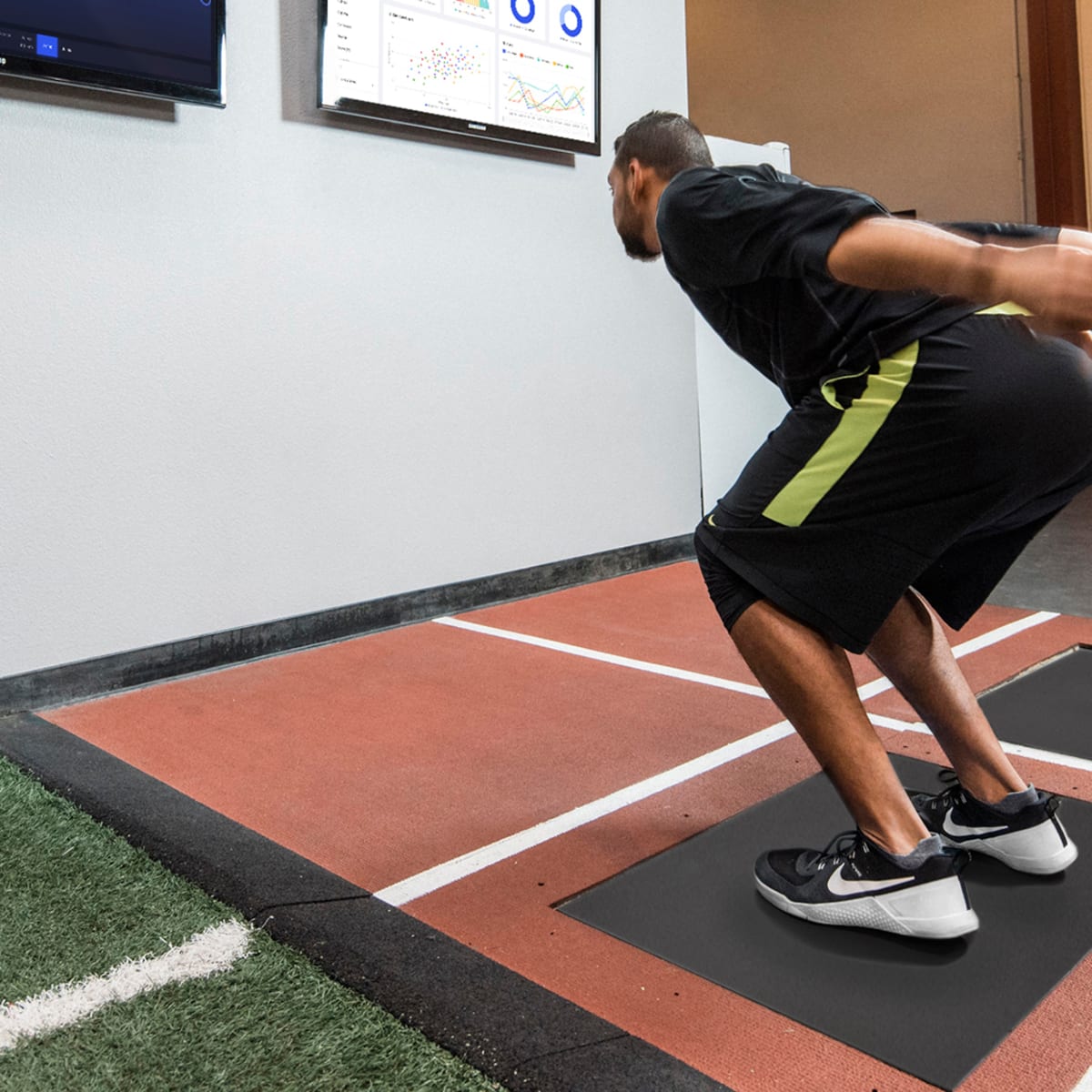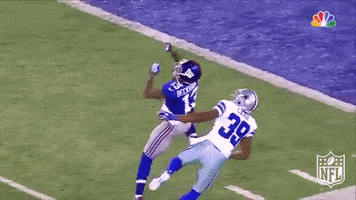A force plate manufacturer is personalizing injury treatment—and prevention—in ways the NFL has never seen.
The following written content by Connor Orr

Utopia, as Phil Wagner sees it, is a world where those who play sports professionally can take their broken bones, tweaked muscles and recovering bodies to a place resembling a pharmacy specializing in ailing athletes.
There, they’ll be prescribed something far more specific than the series of general preventative movements, ice and rest. It will be an action plan down to the effort, time and frequency of the stretches. It will be free of guesswork, able to save seasons, prolong careers and free players from days needlessly lost to injury.
You can dream like this when you have millions of impressions’ worth of data logged in a cloud that stores injury-risk assessment scores from athletes, military members and other hobbyists from around the country, as well as their own personal data and treatment plans. Wagner works with dozens of NCAA programs across multiple sports. He has his Sparta force plate technology in at least a handful of NFL training rooms—the Steelers, Ravens, Lions and Washington among them. They are also a mainstay at the NFL scouting combine during centralized medical testing. High school and youth sports programs are beginning to popularize the use of his technology.
Players jump on square plates connected to a centralized data hub and are instantly provided with scores that measure their load force (bending down to begin the jump), explode force (converting from the bended-knee stage into the jump) and their drive (the force with which they can come through the jump and into the air). From those scores, it can be determined if the user is exerting too much of a certain muscle, is weak at another or, inevitably, if they are at a heightened risk of injury in a certain area. The data provides a risk assessment score to trainers as well. Read more from Sports Illustrated.





